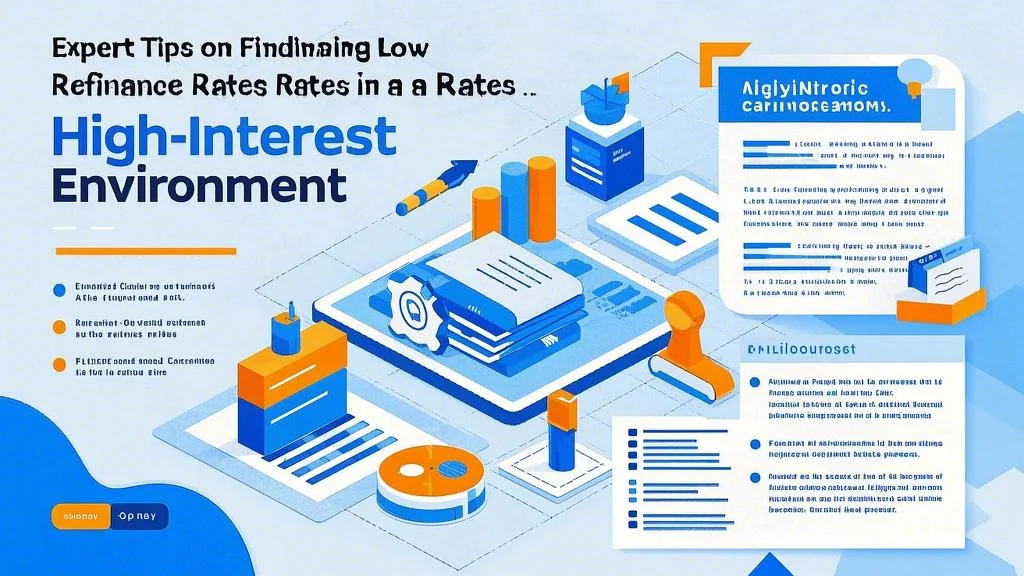In times of economic uncertainty, converting a structured settlement into a lump-sum payment can offer individuals greater financial flexibility and control. This article explores the key strategies and considerations for making this decision, particularly in the context of evolving economic conditions.

Structured settlements have long been a popular option for injured parties seeking financial security over time. However, the decision to convert a structured settlement into a lump-sum payment has become increasingly appealing as economic changes create new challenges and opportunities. This shift in mindset reflects a growing recognition that financial flexibility can be a powerful tool in navigating an uncertain world.
Understanding Structured Settlements
A structured settlement is a series of periodic payments designed to provide a steady income stream to individuals who have suffered significant injuries or financial losses. These settlements are often the result of legal agreements, such as personal injury claims or workers’ compensation cases. The idea behind a structured settlement is to ensure long-term financial stability, offering protection against the uncertainty of future earnings.
While structured settlements provide a predictable source of income, they may not always align with an individual’s evolving financial needs. For example, the onset of economic downturns, changing family circumstances, or the desire for greater investment flexibility can make a structured settlement less appealing over time. In such cases, converting the settlement into a lump-sum payment may seem like an attractive alternative.
The Role of Economic Changes
Economic changes play a significant role in shaping decisions about structured settlements. For instance, during periods of low interest rates, the value of future payments may be higher when converted to a lump sum. Conversely, during times of high inflation, the purchasing power of future payments may decrease, making the immediate cash flow of a lump sum more attractive.
Moreover, economic uncertainty can create opportunities for those who hold structured settlements. For example, during a recession, the need for immediate liquidity may increase, driving demand for lump-sum conversions. However, it’s important to carefully evaluate the financial landscape and consult with experts before making such a decision.
Factors to Consider
When exploring the option of converting a structured settlement into a lump-sum payment, several factors must be taken into account:
Economic Environment: Understanding the current interest rates, inflation trends, and market conditions is crucial. These factors can significantly impact the value of the lump-sum payment.
Personal Financial Goals: Consider how the lump-sum payment aligns with your long-term financial objectives, such as purchasing a home, funding education, or starting a business.
Terms of the Settlement: Review the specific terms of your structured settlement, including the total amount, payment schedule, and any restrictions on early termination.
In addition to these factors, it’s important to assess the tax implications of converting a structured settlement. Structured settlements are generally tax-free, but converting them into a lump-sum payment may expose you to taxes on the accelerated income stream. Consulting with a tax professional can help you navigate these complexities.
The Process of Conversion
Converting a structured settlement into a lump-sum payment typically involves negotiating with the party responsible for the payments, such as an insurance company or a defendant. The process may include evaluating the present value of the future payments and determining a fair cash offer.
It’s essential to work with a reputable financial consultant or attorney who specializes in structured settlements. These professionals can provide valuable insights into the financial implications of the conversion and help you negotiate a favorable deal.
Strategic Considerations for Lump-Sum Payments
When deciding whether to convert a structured settlement into a lump-sum payment, it’s important to weigh the potential benefits against the risks. Here are some strategic considerations to keep in mind:
Control and Flexibility: A lump-sum payment gives you immediate access to a large amount of cash, allowing you to use it for any purpose you see fit. This flexibility can be particularly valuable during times of economic uncertainty, when opportunities for investment or financial planning may arise suddenly.
Predictability vs. Risk: While structured settlements provide a predictable income stream, a lump-sum payment offers the potential for higher returns if invested wisely. However, it also carries risks, as the funds are no longer guaranteed to provide ongoing income.
Economic Market Trends: Monitoring economic trends can help you make informed decisions about the timing of your conversion. For example, during periods of market growth, you may be able to negotiate a higher lump-sum payment based on the increased value of future payments.
Tax Implications: As mentioned earlier, converting a structured settlement into a lump-sum payment may have tax consequences. Work with a tax advisor to understand how these taxes will impact your financial situation.
Long-Term Financial Stability: Consider